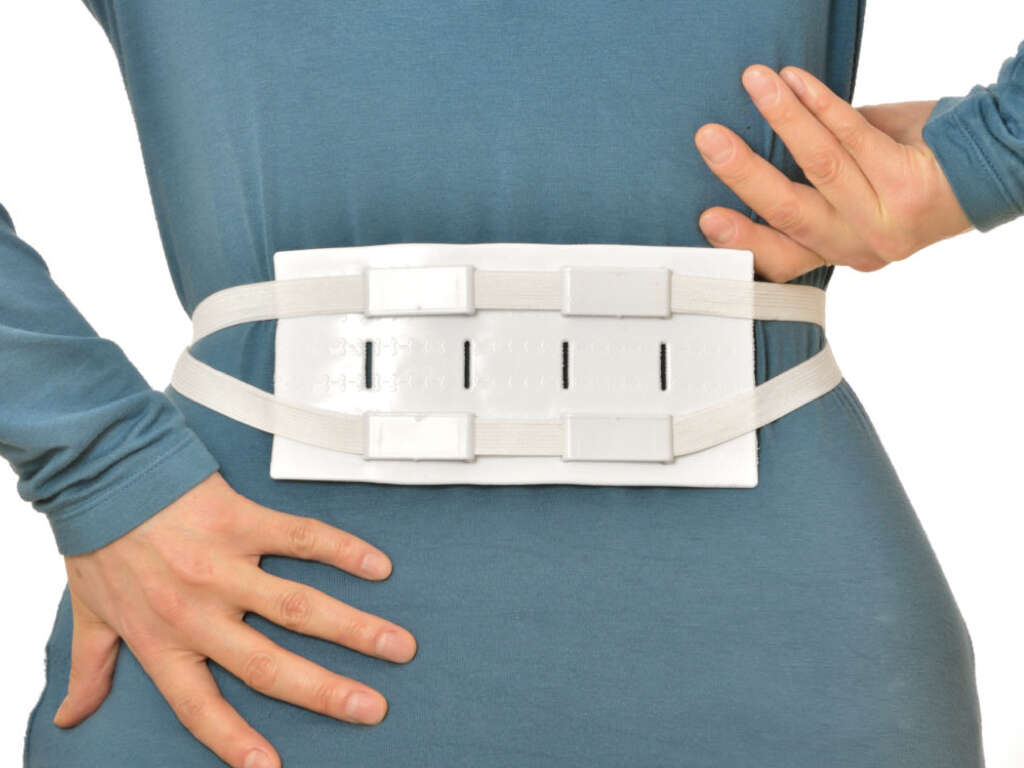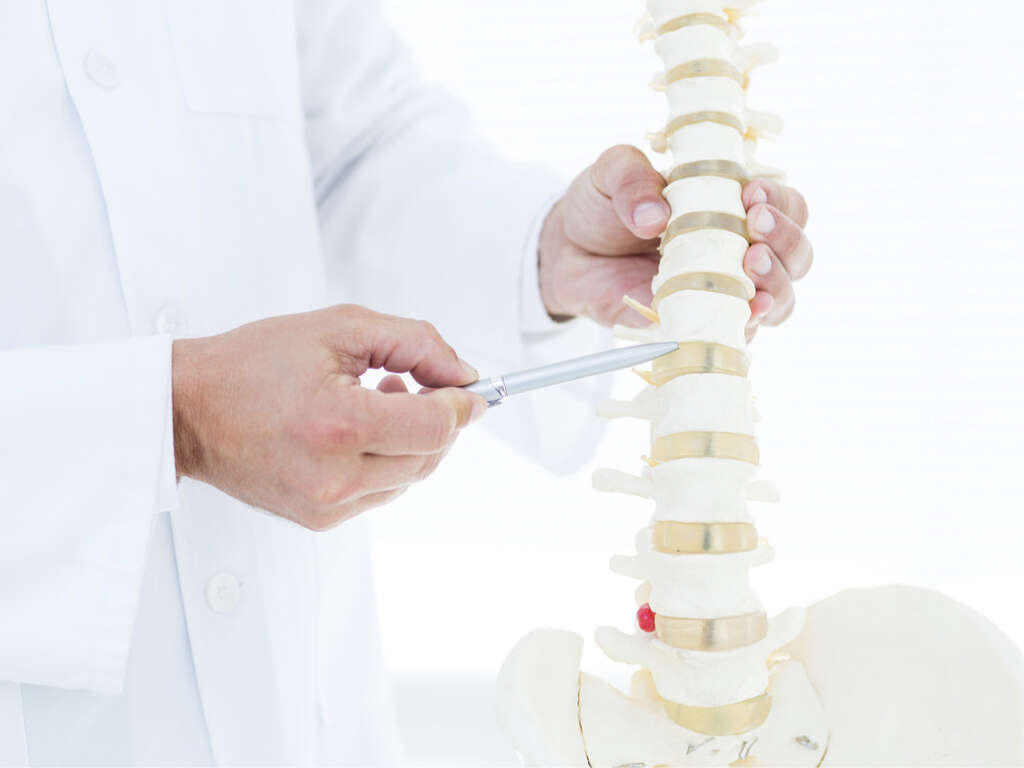What Is Lumbar Spinal Stenosis?
It is quite common for us to develop a bad back as we get older. This should come as no surprise because our backs do a lot of the heavy work. They have to support our upper body weight along with anything else we might be carrying. They also need to be able to provide us with flexibility.
Our upper bodies are supported with the help of our spine. In addition to providing support, it also helps to provide protection for our central nervous system. As effective as it can be at providing protection, however it can also be the cause of some problems. One of these is lumbar spinal stenosis.
1. Spinal Cord
Our spinal cord is essential to us. It is a vital part of the central nervous system and it is attached directly to our brain. The spinal cord is basically a trunk of nerves that passes down to the lower part of our torso. From the spinal cord, smaller nerves branch off to form a network that covers our entire body.
The spinal cord is located within the spine where it receives some protection from the vertebrae. There is usually just enough space here, and this is usually just fine, but it doesn’t leave much room for error if something goes wrong.
2. Lumbar Stenosis.
Stenosis is a condition where the channel that the spinal cord passes through has become too narrow. This causes the spinal cord inside to become squeezed tightly, resulting in a number of symptoms. There are different types of stenosis, depending on where in the body they occur.
Lumbar stenosis is, as the name suggests, a condition that affects the lumbar region. This is the lower part of the back, so it is the spinal cord in the lower vertebrae that are affected. As such, the symptoms tend to happen in the lower part of the body but they do take place elsewhere.
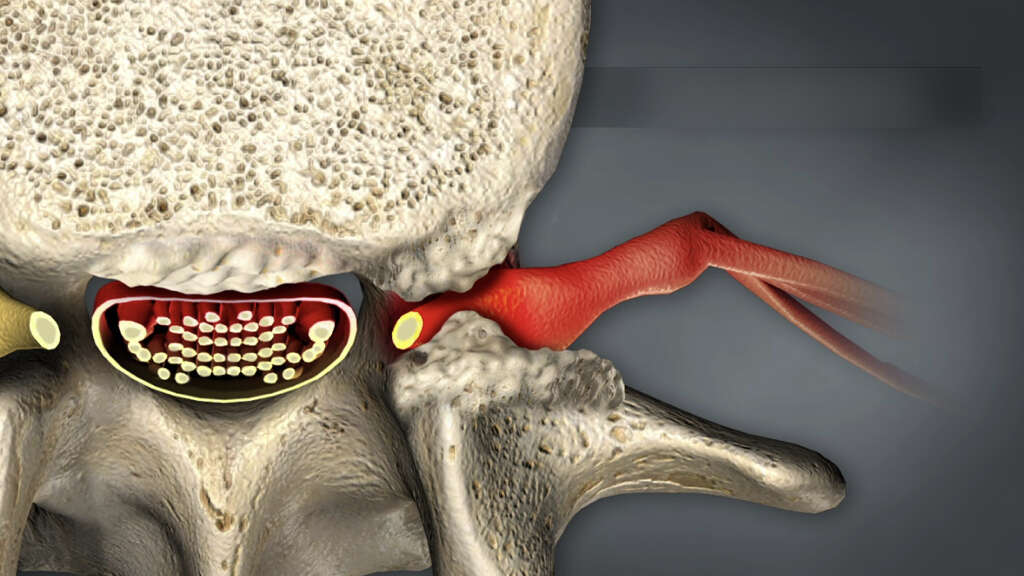
3. Spinal Injuries
Our spines are tucked away quite deeply in our torsos. Protected by layers of fat, muscle, organs, and other tissues, our spines are relatively protected where they are. This does not, however, mean that they are impervious to damage. If you get into a serious enough accident then you could end up with a very serious spinal injury.
Spinal injuries can be very dangerous because, depending on their severity, they can cause the spinal cord to be severely damaged also. This can cause the patient to be paralyzed, or even worse. It can also lead to other problems and this includes lumbar spinal stenosis.
4. Herniated Disks
If our bones were to rub directly against each other then it would likely cause a lot of problems for us. Not only could it be painful, but it could also increase wear and tear, meaning further problems down the line. Thankfully, our joints have evolved a system that overcomes this problem.
In between each vertebra is a disk that is filled with a fluid-like substance. These disks act as cushions that help to protect the vertebrae from each other. As time goes by, these disks can become increasingly brittle on the outside. This makes them more likely to break, and the softer fluids inside can push through. This is known as a herniated disk, and this can cause lumbar spinal stenosis.
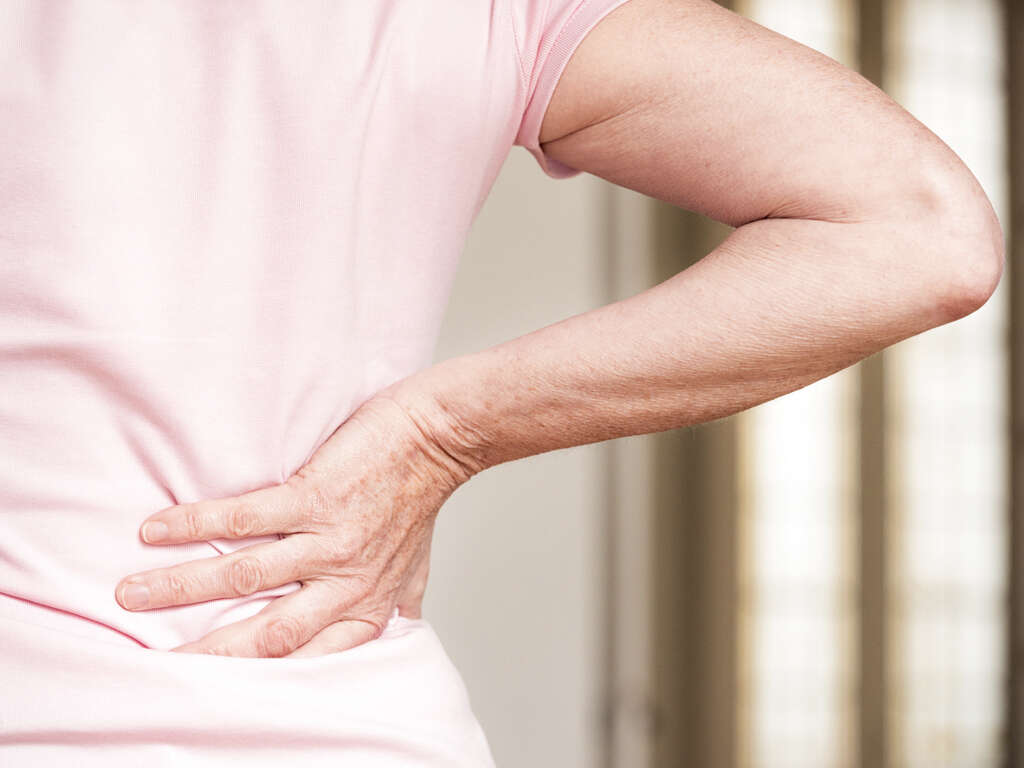
5. Bone Spurs
It is normal for our bones to undergo the process of wear and tear. This is not usually a problem as bone is usually replaced just as quickly as it is lost. The regrowth of bone can sometimes lead to problems, however, one of which is bone spurs.
Bone spurs are growths of bone that project out of the bone they are found on. They can be located in numerous different places on the body, and this includes on the inside of the vertebrae. As the bone spurs grow, so they reduce the space in the spinal canal, and this can lead to lumbar spinal stenosis.
6. Tumors
Tumors can grow pretty much anywhere on the body. While tumors are sometimes cancerous, they are usually benign and the vast majority will be harmless. In many cases, it is recommended to just leave the tumor where it is because it will usually not be doing any harm.
Even non-cancerous tumors can begin to cause problems if they grow too large, and or in awkward places. The growing mass of tissue can begin to put pressure on nearby organs and tissues, and this can begin to affect their ability to function. They can grow on the inside of the vertebrae, and this can result in lumbar spinal stenosis.
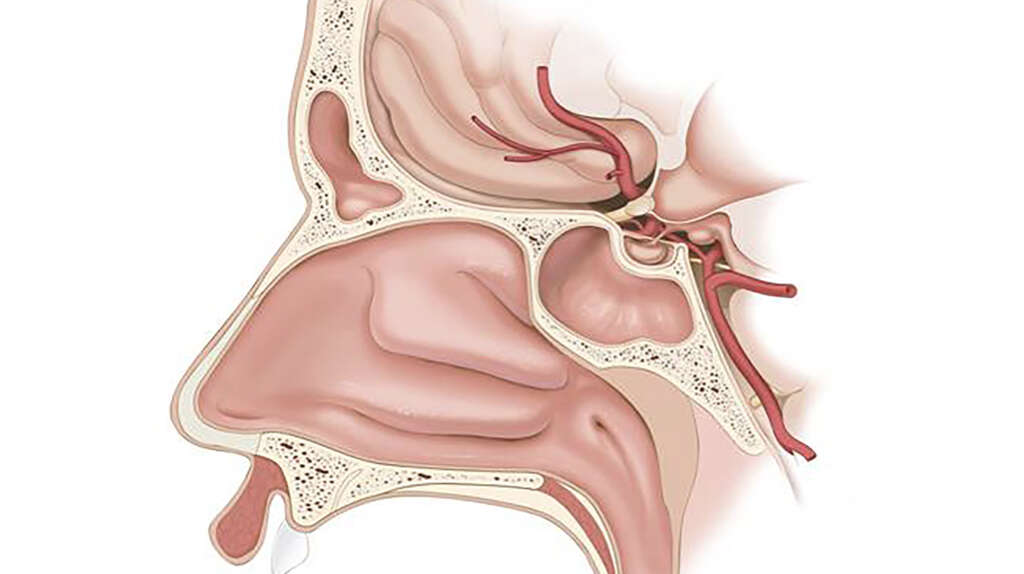
7. Thickened Ligaments
Ligaments are one of the unsung heroes in our bodies. They do the essential job of helping to keep everything together and they are expected to take a great deal of strain every single day. To help them achieve this, our ligaments are made from very tough materials.
As tough as they may be, however, even our ligaments can suffer from the effects of time. Some will eventually become thicker as time goes by and this can be problematic in some cases. It can make movement more difficult as joints become restricted. It can also lead to other problems like lumbar spinal stenosis as the thickening ligaments take more space.
8. Symptoms
As the spinal cord is squeezed, so its ability to send and receive messages is impaired. One of the most common symptoms of the condition is pain which tends to occur in the buttocks, legs, and calves. Patients can also experience pain radiating out down the legs. It may only be one leg, but it will be both in some cases.
Some people with lumbar spinal stenosis will occasionally experience cramps. Other people may even find that they begin to lose the ability to control their legs. The condition may also cause the inability to control bladder and/or bowel function in some cases.

9. Risk Factors
Spinal stenosis is a condition that is more likely to affect older people, and those over the age of 50 particularly are in a higher risk bracket. This is because the underlying causes tend to be down to wear and tear, and other factors that tend to arise in older age.
Lumbar spinal stenosis should not become too serious as it can be treated in most cases. It will result in some potentially serious complications in a small number of cases, however. These include numbness and weakness in the legs. In severe cases, the patient might also be permanently paralyzed.
10. Treatment
Depending on the severity of their symptoms, the patient will often be treated with medication. This can include anti-depressants, anti-seizure medication, and painkillers. While effective at relieving pain, opioids are usually only used sparingly because they can result in an addiction. Steroid injections are also sometimes given.
In addition to medication, treatment for lumbar spinal stenosis will also often include therapy. This generally helps the patient to restore their strength, coordination, and flexibility. In more severe cases, surgery may be recommended, and the type of surgery will depend on the underlying cause of the condition.









